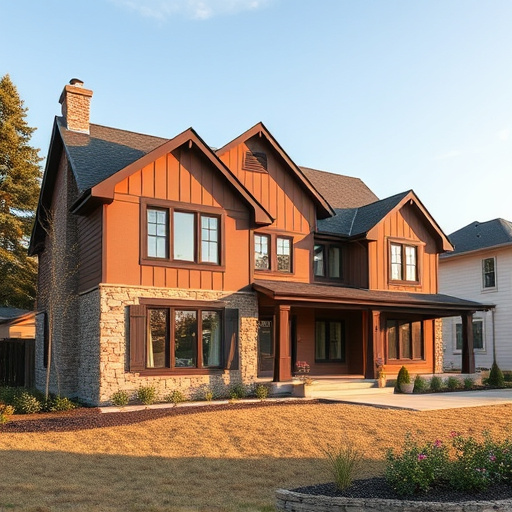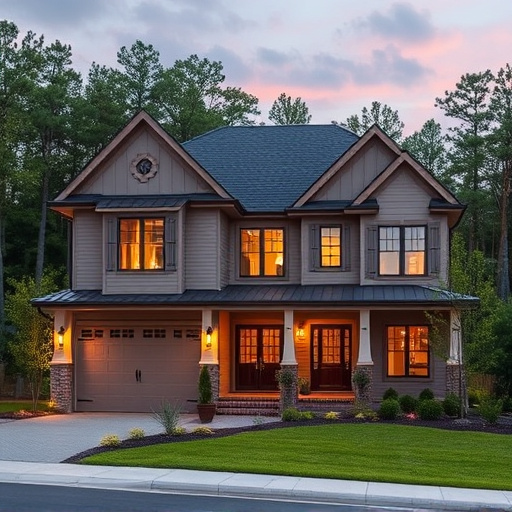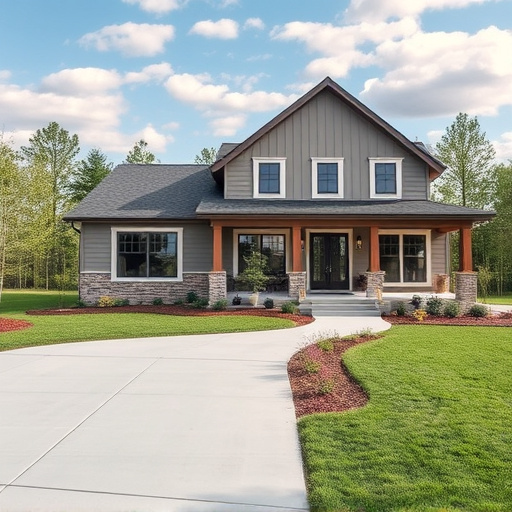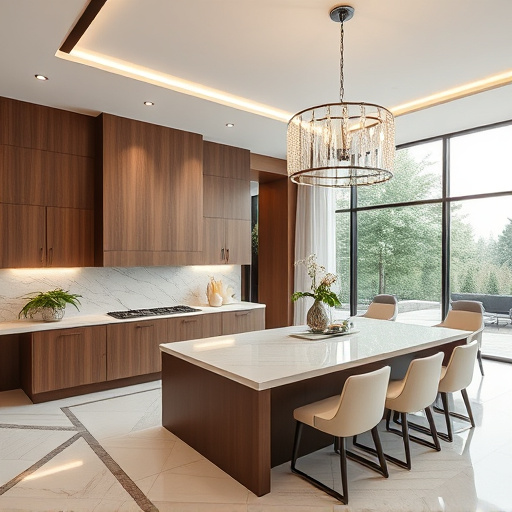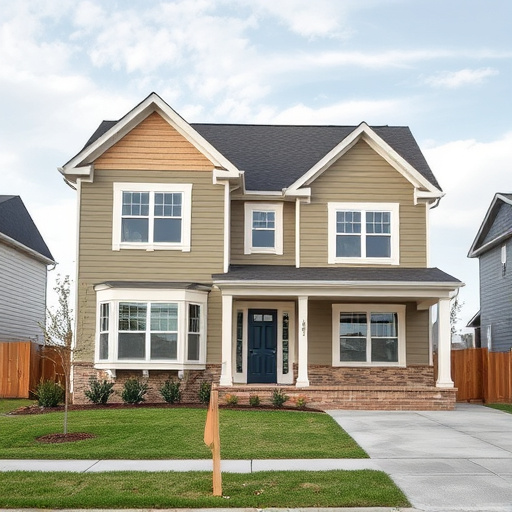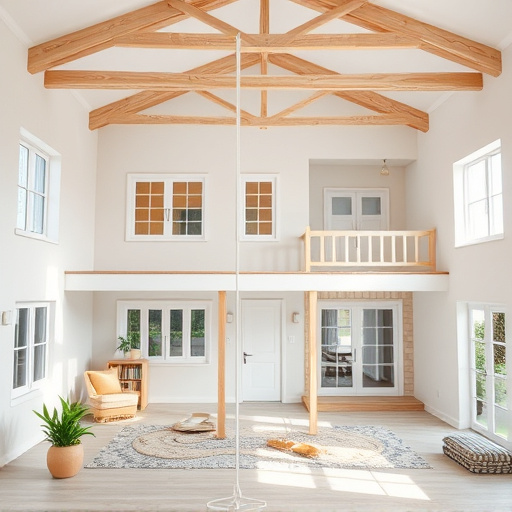Color theory is key to successful interior decorating, influencing mood and space perception. Combining complementary and neutral colors creates vibrant yet cohesive rooms. Accent colors, strategically used, enhance themes while balancing room aesthetics based on size. Interior decorating thrives with color balance, reflecting personal style and boosting visual appeal.
Discover the art of balancing colors in your interior spaces with our comprehensive guide. Learn how understanding color theory can transform your home decor. Explore complementary and neutral palettes for harmonious blends, and master the strategic use of accent colors for striking effects. Elevate your interior decorating with these essential techniques, ensuring every shade complements and enhances your living environment.
- Understanding Color Theory for Interior Spaces
- Selecting Complementary and Neutral Palettes
- Incorporating Accent Colors Effectively
Understanding Color Theory for Interior Spaces
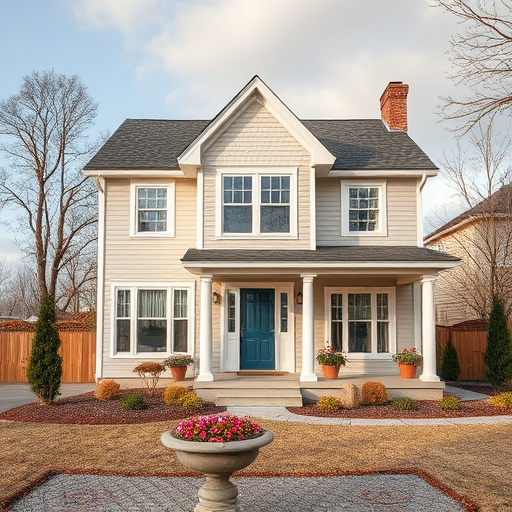
Color theory is a fundamental aspect of interior decorating that helps to create visually appealing and harmonious spaces. At its core, color theory revolves around understanding how different colors interact with each other and how they can influence mood and perception in a room. In interior design, this knowledge allows designers and homeowners alike to make informed choices about color palettes, ensuring that every space feels balanced, inviting, and cohesive.
When considering a multiple room remodel or whole house remodels, understanding color theory becomes even more crucial. Different colors have varying effects on our emotions and can either enhance or diminish the sense of space. For instance, warm colors like red, orange, and yellow can make a room feel cozier and more energetic, while cool colors such as blue, green, and purple promote calmness and relaxation. By strategically selecting and combining these hues, home improvement services can transform ordinary spaces into vibrant, inviting areas that cater to specific needs and preferences.
Selecting Complementary and Neutral Palettes
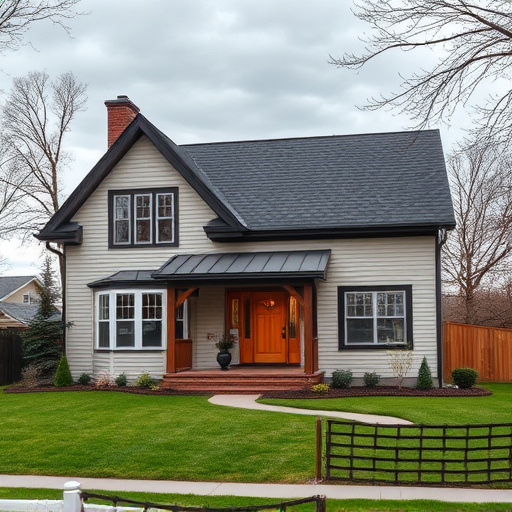
When selecting a color palette for your interior decorating theme, one effective approach is to choose complementary and neutral shades. Complementary colors are those found opposite each other on the color wheel, such as blue and orange or green and red. Combining these creates a vibrant contrast that can instantly transform a space. For instance, using a deep teal in one room balanced with warm beige accents will make both colors pop and create a dynamic atmosphere.
Neutral palettes, often featuring shades of white, gray, and beige, offer a more understated yet versatile option for interior decorating themes. These colors serve as the perfect backdrop, allowing for easy transitions between various design styles. Moreover, mixing in smaller pops of complementary hues within a neutral palette adds depth and visual interest without overwhelming the space. This approach is particularly useful when planning renovations or multiple room remodels, ensuring that your interior decorating choices remain timeless and adaptable to changing trends.
Incorporating Accent Colors Effectively
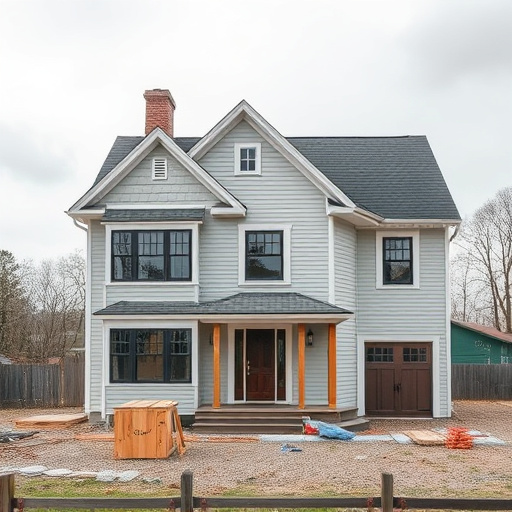
Incorporating accent colors is a powerful way to elevate your interior decorating themes and create visual interest. When planning a color scheme for your home, whether for a single room or multiple room remodel, think of accent colors as dynamic elements that can transform spaces. These colors should complement the primary palette while adding a pop of personality. For instance, in a calm neutral-toned living area, a vibrant accent wall with a customized home renovation design can instantly become a focal point.
In residential renovations, balancing accent colors requires careful consideration. Experiment with different shades and tones to find what works best for your space. Lighter accents can open up smaller rooms, while richer hues add depth and warmth to larger areas. Remember, the goal is not only aesthetic appeal but also creating harmonious environments that reflect your style.
When balancing colors in interior decorating, understanding color theory is key. By selecting complementary palettes that harmonize or neutral tones that provide a calming base, you can create visually appealing spaces. Incorporating accent colors strategically adds vibrancy and depth. Remember, the right balance of colors transforms your home into a relaxing oasis that reflects your style and enhances your daily life, making your interior decorating efforts truly successful.



